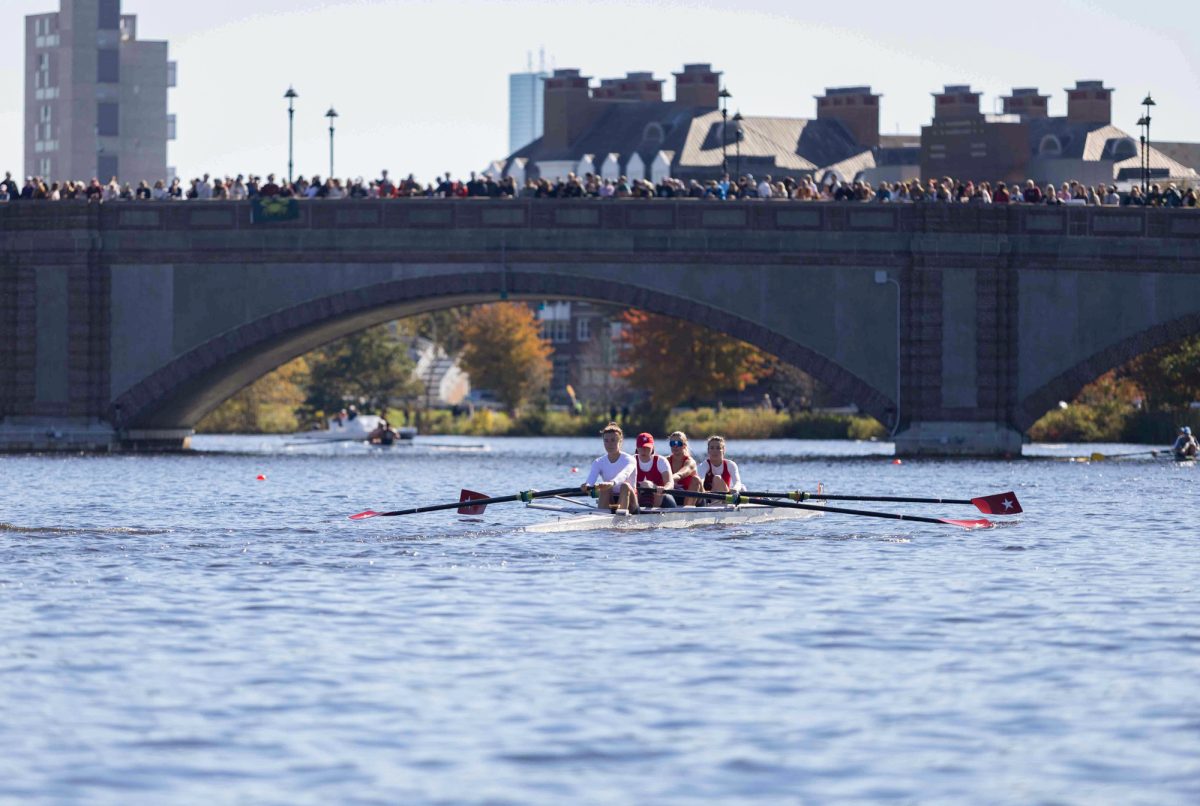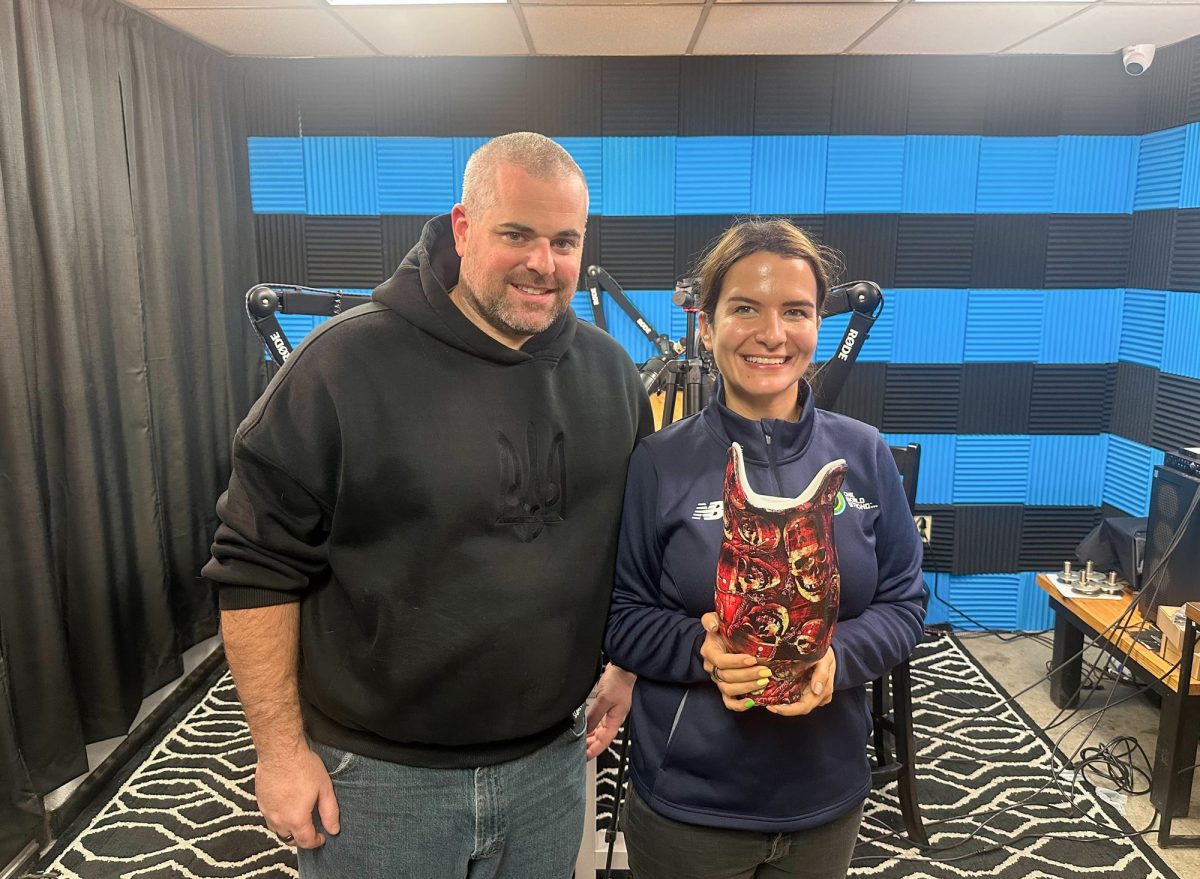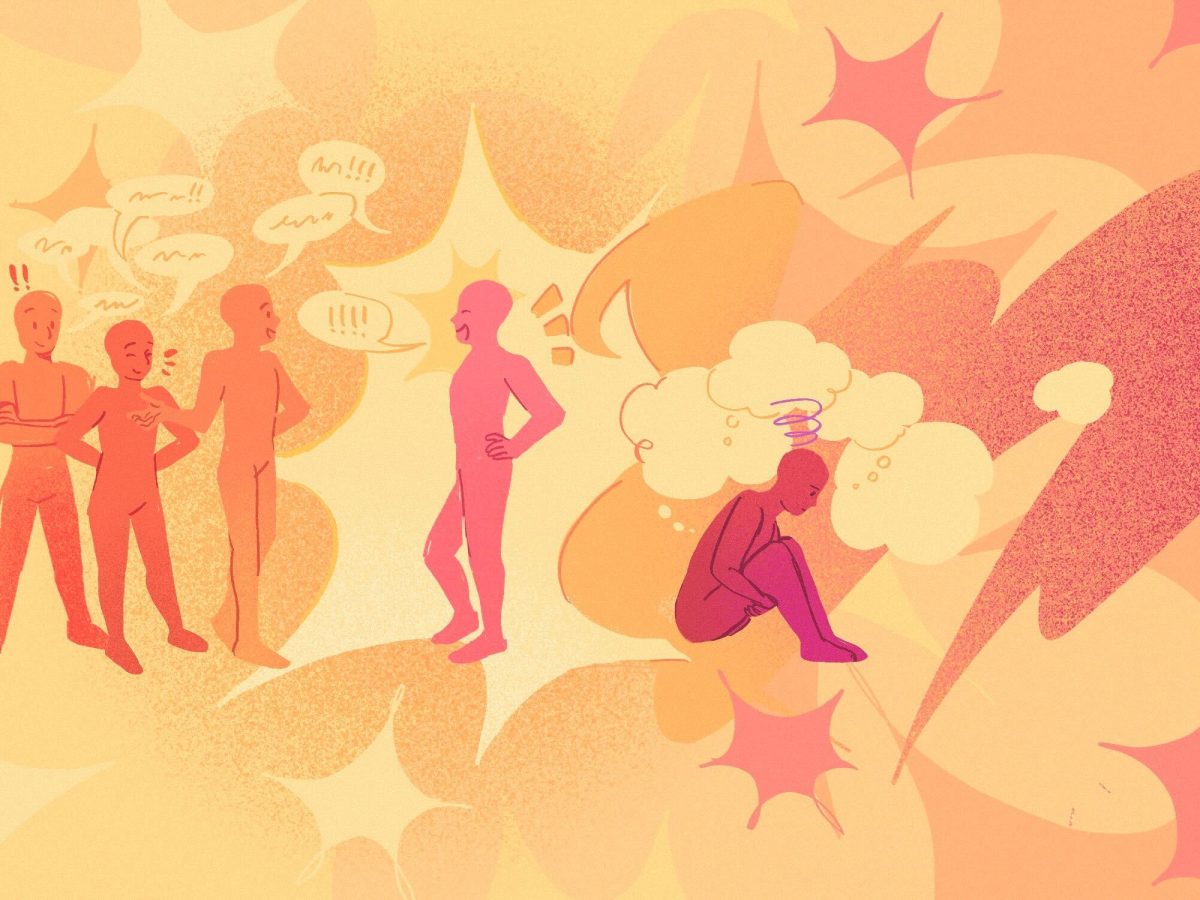
American colleges have seen an increase in degree attainment among minorities over the last decade, according to a U.S. Census Bureau report.
The report stated the number of Hispanics 25 and over with a bachelor’s degree or higher rose by 80 percent and the number of blacks rose by 47 percent. Degree attainment among non-Hispanic whites increased by 24 percent.
The increase correlated with the general increase in college attainment between 2000 and 2010, which measured at 9.7 percent.
Boston University has seen gains in minorities matriculating and completing their degree programs, said BU spokesman Colin Riley.
About 30 percent of BU students are minorities, Riley said.
Riley said Admissions does not admit students solely because of race. Riley said race serves as one of several factors considered in the admissions process.
BU works actively to increase the number of minorities on campus, Riley said.
“We’d like to do two things,” he said. “We’d like to grow the percentage [of minorities] who are applying and to grow the percentage that are registering. . . . The real concern is we’ve accepted them, now they have to accept us.”
Riley could not comment in time for publication on how many minorities have graduated from BU in recent years.
While a notable percentage of minorities graduate from BU, students weighed in on how diverse BU’s population is.
“I think BU is pretty diverse, especially among South American people,” said Sebastian Arrartelo, a College of Arts and Sciences sophomore. “Being from Peru, I can recognize different accents and different countries, and I realize that there is diversity.”
Michelle Hayward, a College of Communication sophomore, said she likes BU in part because of its representation among black students.
“One reason I chose BU was because there are still a lot of black students, even though it may only be five percent out of say 20,000, that’s still a lot of people,” Hayward said. “There are lots of student groups for community if I want to join them.”
While there may be more minorities graduating, Hayward said some demographics such as black men still struggle to make gains.
“It’s good that there are more minorities graduating, but if you look at statistics, especially among black men, [you’ll see] we still have hardly any black men going to school,” she said. “We need cultural restructuring where college is more of an option for black people [and] they’re told it’s an option.”
Hayward said the issue stems from socioeconomic differences among minorities. Universities may have to be more proactive and speak to kids, she said.
“There are a lot of options, but I’m pretty sure that not many people are aware of them,” Hayward said.
Dean of Students Kenneth Elmore suggested people consider what constitutes diversity, be it racial or national.
“Often we’re really talking about racial diversity,” he said. “Does that also mean culture? Does that mean more than just the traditional culture about that American problem with race with blacks, African Americans and Latino Americans?”
COM sophomore Josh Crampsey noted different levels of diversity, including socioeconomic status and sexual orientation. In terms of racial diversity, he said he sees larger populations of white and Asian students at BU, as well as smaller groups of other races.
“There’s a huge international student population, but there is not a lot of diversity among American students,” Crampsey said. “I wish there was more diversity.”



















































































































